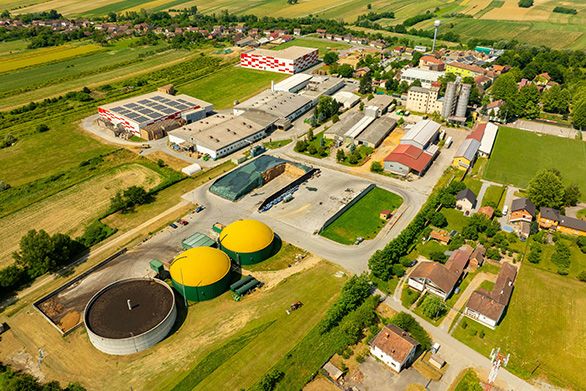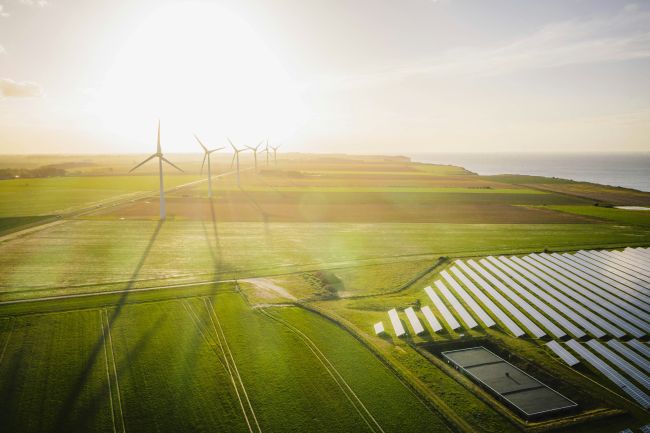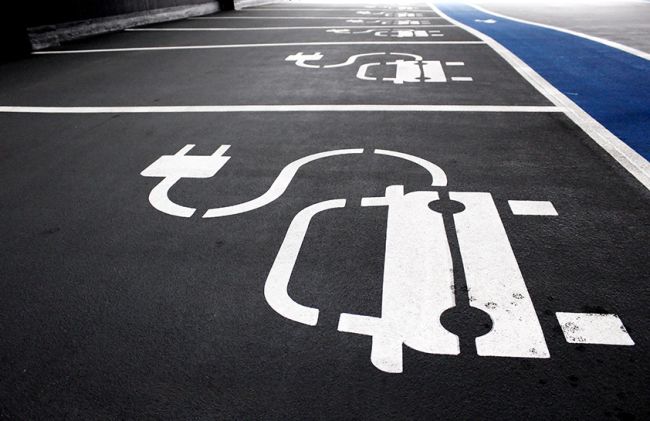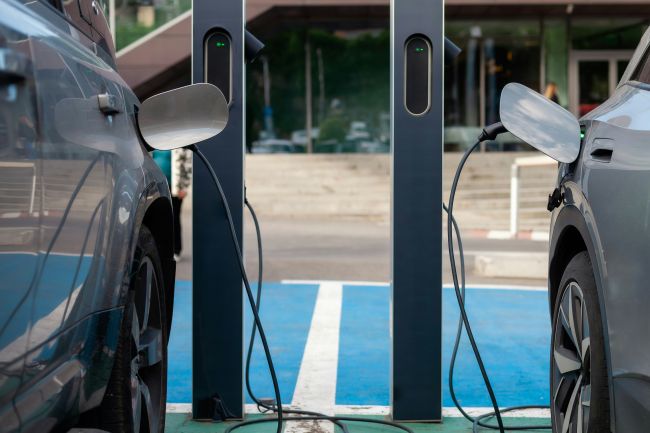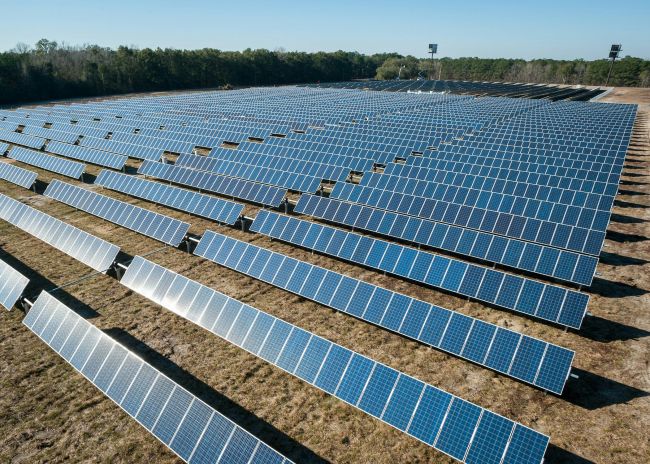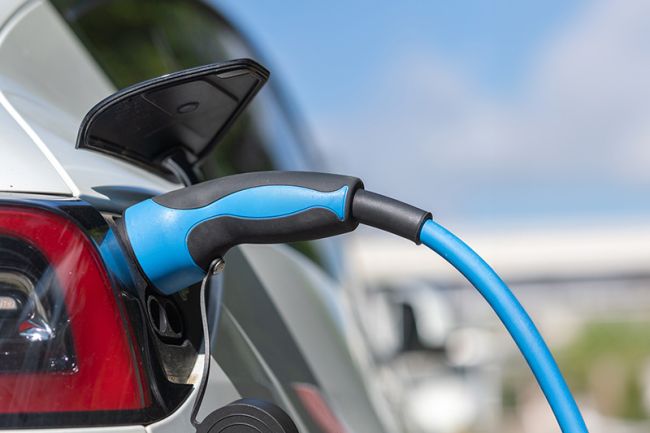Why did the UK’s carbon price drop in 2023?
In this article, we investigate the dramatic decline of the UK’s carbon price since early 2023.

What is a carbon price and what is its purpose?
Put simply, a carbon price is a cost applied to pollution. Its purpose is to encourage polluters to reduce the amount of greenhouse gases they emit by making them pay for the environmental damage they cause. In other words, a carbon price creates an economic incentive for carbon-intensive industries to pollute less and invest in low-carbon technologies.
In slogan form, either pollute and pay or pollute less and pay less.
There are two common institutionally led approaches to establishing a carbon price (note these approaches may sometimes be implemented concurrently):
- Levy a carbon tax on the distribution, sale or use of fossil fuels.
- Introduce a cap-and-trade system (often called an Emissions Trading Scheme (ETS)).
Until April 2021, UK companies were regulated by the EU ETS. In early 2021, however, in preparation for its exit from the EU, the UK implemented its own cap-and-trade ETS.
The UK and EU carbon price over time
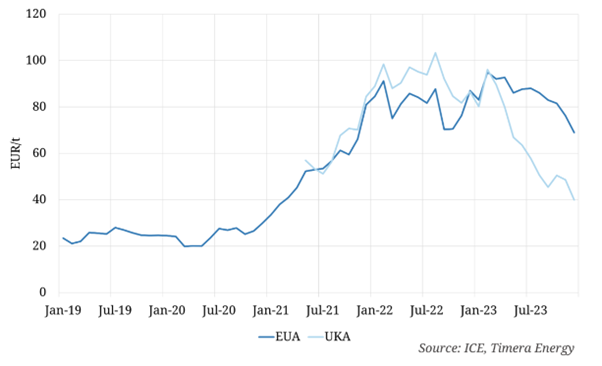
Moreover, futures contracts tracking the UK carbon price to December found that the UK carbon price dropped to £36.71 in the final week of January – a 43% decline compared to a year ago.
Reasons the UK’s carbon price has fallen
Since cap-and-trade markets delimit the amount of carbon dioxide allowances released, which may subsequently get bought and sold in an open regulated marketplace, many seen and unforeseen factors can affect the carbon price. In our view, three significant factors have caused the UK’s carbon price to fall.
The UK ETS is oversaturated with carbon allowances
Typically, the UK Government distributes and auctions a set number of carbon allowances each year, and then companies (alongside investors and speculators) compete in an open market to purchase enough carbon allowances to cover their greenhouse gas emissions.
Importantly, carbon allowances are the main lever the Government can pull to alter the carbon price. If the Government releases too few carbon allowances, then the carbon price will rise sharply – prompting companies to trade elsewhere. However, if the Government releases too many carbon allowances, then the carbon price will decline considerably – essentially sanctioning pollution.
July 2023 – Following a consultation, the Government announces that it will release an additional 53.5 million carbon allowances between 2024 and 2027. (However, note that these additional carbon allowances are only those that went unused between 2021 and 2023.)
This shock injection of additional carbon allowances into the UK ETS caused an inflated carbon price to drop.
October 2023 – The Government announces that the number of carbon allowances available for auction in 2024 will be 69 million (a 12.4% reduction relative to 2023); and that they have plans for this number to drop to around 44 million by 2027 (a 45% reduction relative to 2023).
The Government recognised that the carbon price is currently too low and considerably fewer carbon allowances needed to be released.
Decreased carbon-intensive energy consumption in the UK
In the first and second quarters of 2023, the UK experienced a decline in its carbon-intensive energy consumption and an increase in its renewable energy generation.
For example, in the first quarter of 2023, gas demand was 6.1% lower than gas demand in the same quarter of the previous year, whereas renewables’ share of total electricity generation reached a record high of 47.8%.
Furthermore, consumption in general declined in this period. Higher prices and higher temperatures meant consumers spent less on (and equally consumed less) heat.
In combination, these factors reduced the need for carbon-intensive energy production companies to purchase ETS credits, lowering prices during March and April 2023.
Political announcements and good investigative journalism eroded investor confidence in the UK ETS
In the second half of the year, a number of announcements were made that were correlated with a decline in the UK’s carbon price.
September 2023 – Rishi Sunak announces a major U-turn on his climate commitments. Influenced by significant by-election defeats, Rishi Sunak delays the deadline for selling new petrol and diesel cars.
October 2023 – Journalists discover that three big UK manufacturers were awarded nearly £46m of free carbon allowances for factories that were mothballed or slashing production.
These announcements caused the market to lose faith in the idea that the UK would adhere to its midterm objectives, including a carbon budget of approximately 50 million tonnes by 2030.
How UK companies are affected by a low carbon price
Carbon border tax introduced in the EU (and due to be introduced in the UK)
To tackle carbon leakage, the EU has introduced a Carbon Border Adjustment Mechanism (CBAM). From 2026, many UK companies (including renewable electricity providers) that want to export to the EU must show that the country in which they operate has an equivalent carbon price or pay penalties to make up the difference.
If the UK’s carbon price continues to trade at a discount, then many UK companies will have to pay a carbon tax, which may mean that non-EU renewable electricity providers are unable to sell to the EU.
Note also that the UK has recently announced plans to introduce its own CBAM.
Low carbon prices harm the business case for low-carbon technologies
2021 research from ING suggests that carbon prices are strongly correlated with the commercial viability of low-carbon technologies. It was found that if the carbon price is lower than €50 per ton, then only large-scale solar farms and CCS technologies are commercially viable. However, if the carbon price is greater than €100 per ton, then biomass power plants, offshore wind farms and hydrogen are commercially viable.
Energy-from-Waste (EfW) to be included in UK ETS from 2028
The outcome of a recent government consultation that investigated the UK ETS indicates that it is very likely that from 1st January 2028, the UK ETS will be expanded to cover EfW and waste incineration facilities. The Government hopes that this proposal will encourage investment in CCS technologies.
How we can help
Amberside Advisors, a Steer company, has extensive experience building financial models for clients working in renewables and the energy transition. They have delivered more than 1500 financial modelling mandates. In particular, they specialise in building financial models for EfW facilities and have delivered operational and financial close models, financial advisory services and bid support for some of the largest players in EfW, covering 34% of UK operational plants.
This experience ensures Amberside Advisors are well placed to model multiple scenarios of how future carbon prices will affect your business, helping you to understand an opaque and fast-changing market.
Amberside Advisors work across a wide range of sectors and support clients in a variety of renewable technologies. Please get in touch if you want to find out more about our services and/or discuss the impact of carbon prices on your business.

